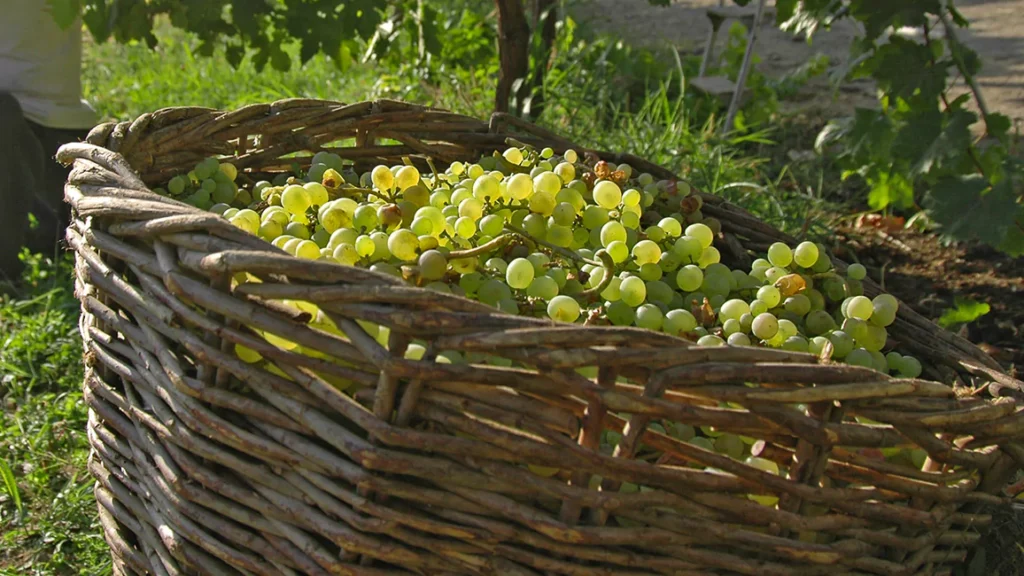About Grape Production
Grapes are one of the largest fruits on the table and are one of the most cultivated grapes in the world, which are fresh grapes that are eaten. According to the International Organization of Viticulture and Oenology, the world vineyard area is stable between 9.5 and 10.0 million hectares and the production of grapes is constantly increasing to 60 to 70 million metric tons per year. recent ones. Almost 80-90% of the total grapes produced in the world are used for processing and making wine, beverages and other products, while only 10% of fresh and the remaining 5-6% is used for drying.
Grapes is increasing worldwide, particularly in Asia-Pacific, the Middle East and Russia. According to the Food and Agriculture Organization of the United Nations, global production of fresh grapes, including table grapes, will reach 78.03 million metric tons in 2020, from 77.00 million metric tons in 2019. Therefore, the increase in production is expected to create. attractive market for grape growers around the world due to increased demand from various consumers.
Exporters of grapes to the international market are Chile, China, Italy and Peru. In 2021, the three main grape importing countries – the United States, Germany and the Netherlands – will import about 32% of the grapes sold in the world. Many countries in the European region import table grapes, while countries such as Italy have large vineyards for wine production. Many of the best wines in the world are produced in European countries.
Country wise grape production
Worldwide, 77,137,016 tons of grapes are produced annually.
China is the largest grape producer in the world producing 14,372,167 tons per year. Italy comes second with a production of 7,900,120 tons per year.
With an annual production of 6,233,270, the United States of America is the third largest producer of grapes.
Grape production in India


India is among the ten most fertile countries in the world. Grape producers are Italy, France, Spain, United States, Turkey, China and Argentina. The fruit ranks fifth among fruits in India with a production of 1.21 million tons (about 2% of the world production of 57.40 million tons) from an area of 0.05 million hectares.
In the year 2001-02. The area under grapes in India is 1.2% of the country’s total area devoted to fruit. The total yield in the country is 2.8%. About 80% of the production comes from Maharashtra, followed by Karnataka and Tamil Nadu.
Climate requirements for growing grapes
The best place for the development of viticulture is around the Mediterranean. Right at home, the plants grow and produce during the hot and dry time. Under South Indian conditions – plants have vegetative development from April to September and the subsequent fruiting period from October to March.
Viticulture requires temperatures above 100 ℃ to 400 ℃ to affect yield and quality. High humidity and cloudy weather conditions favor many parasitic diseases, other than reducing TSS: too much acid.
Current state of grape production in our country
Grapes are grown under different soil and climatic conditions in three different agro-climatic zones, namely subtropical, tropical and temperate climate zones in India.
Tropical region: This region covers the north-west which corresponds to 28° and 32° N latitude, including Delhi; Meerut district in Uttar Pradesh; Hissar and Jind districts of Haryana; in Bhatinda, Ferozpur, Gurdaspur and Ludhiana districts in Punjab. The vines go into dormancy and the buds begin in the first week of March when the rains arrive in the first week of June. Therefore, only 90-95 days are available from the beginning of growth to harvest. Therefore, ‘Perlet’ is the only original variety grown in this region.
Rain damage is a problem with Thompson Seedless in this area. One-size-fits-all and one harvest time is the accepted practice here. Hot Spot Area: This area covers Nashik, Sangli, Solapur, Pune, Satara, Latur and Osmanabad districts of Maharashtra; Hyderabad, Ranga Reddy, Mahbubnagar, Anantapur and Medak districts in Andhra Pradesh; in Bijapur, Bagalkot, Belgaum, Gulberga district of North Karnataka between 15° and 20°N latitude.
The vines are not dormant and pruning twice with one harvest is common in this region. The maximum and minimum temperatures are 42°C and 8°C respectively. The major problems in this region are soil and water salinity and drought. Berry growth is impaired and in certain locations pink blush sometimes develops on green berries due to temperatures that drop to a low of 8°C. Thompson Seedless and its clones (Tas-A-Ganesh, Sonaka), Anab-e-Shahi, Sharad Seedless and Flame Seedless are the varieties grown in this region.
Temperate zone: The region covering 10° and 15° N latitude which includes Bangalore and Kolar districts of Karnataka; Chittoor district in Andhra Pradesh and Coimbatore; and Madurai and Theni districts of Tamil Nadu are included in this region. The maximum annual temperature does not exceed 36 ° C, while the minimum is about 12 ° C. The main types are Bangalore Blue (Syn. Isabella), Anab-e-Shahi, Gulabi (Syn. Muscat Hambourg) et Bhokri. Thompson Seedless is grown only with limited success. With the exception of Thompson Seedless, two crops are harvested each year.

